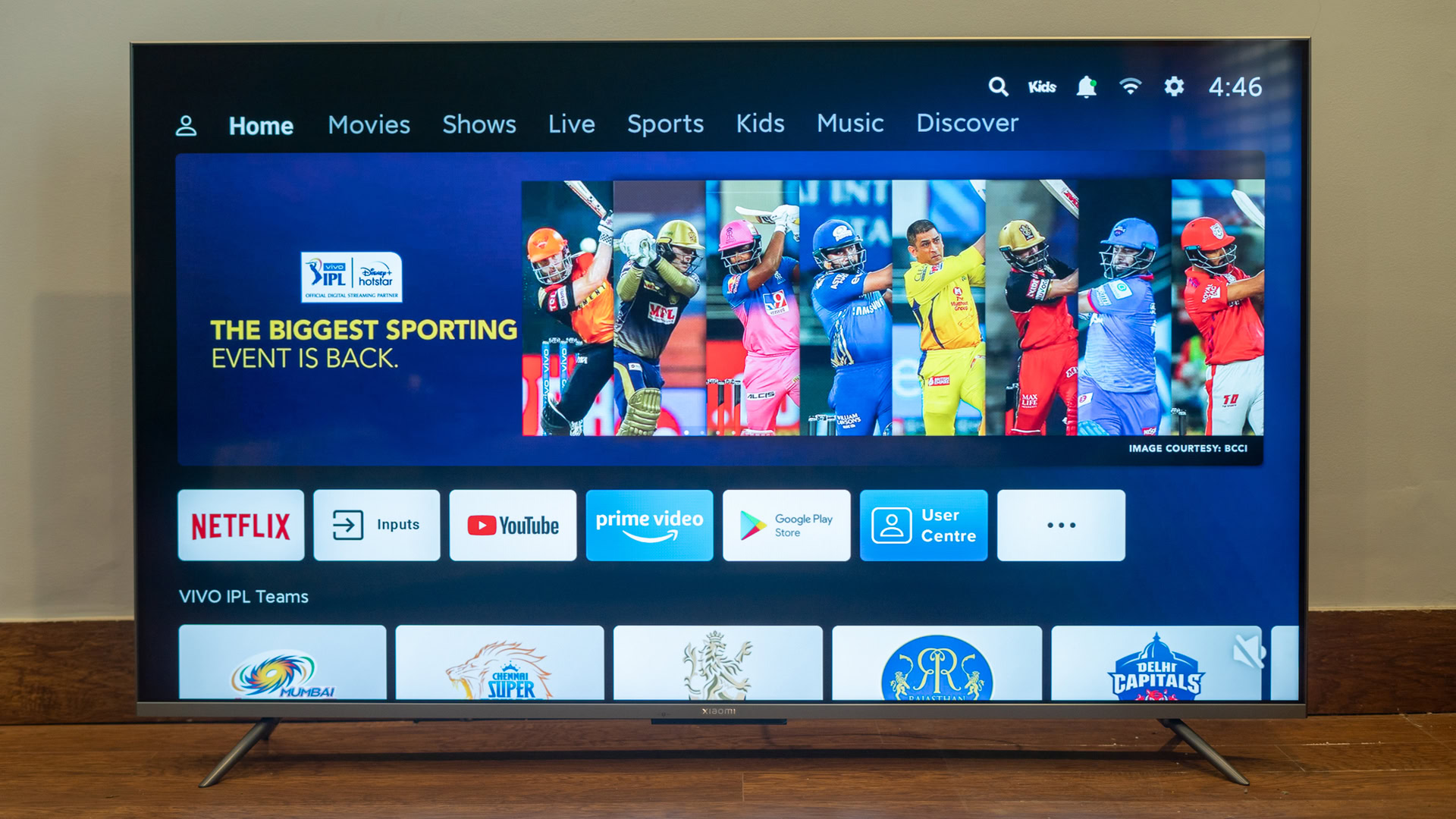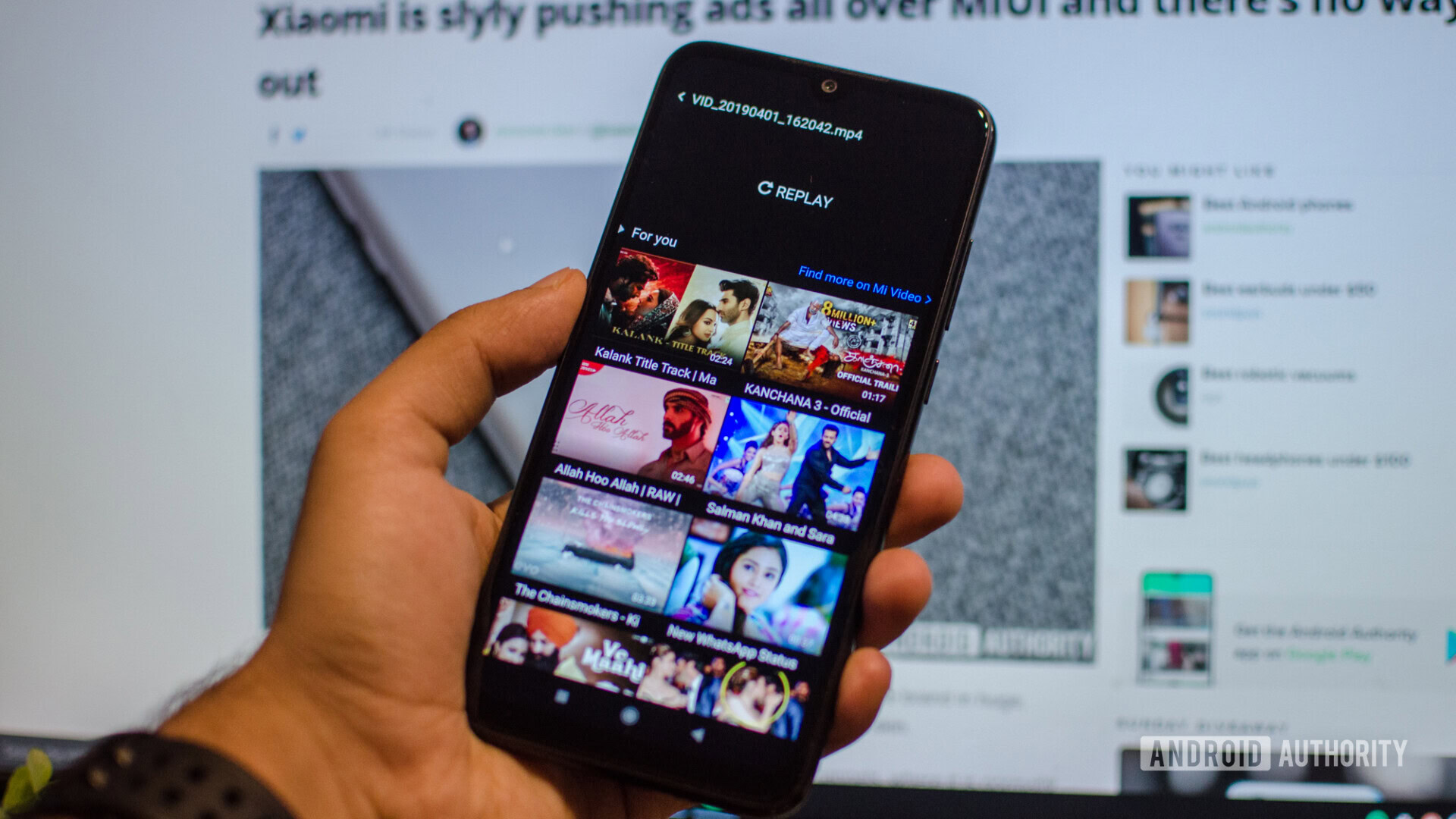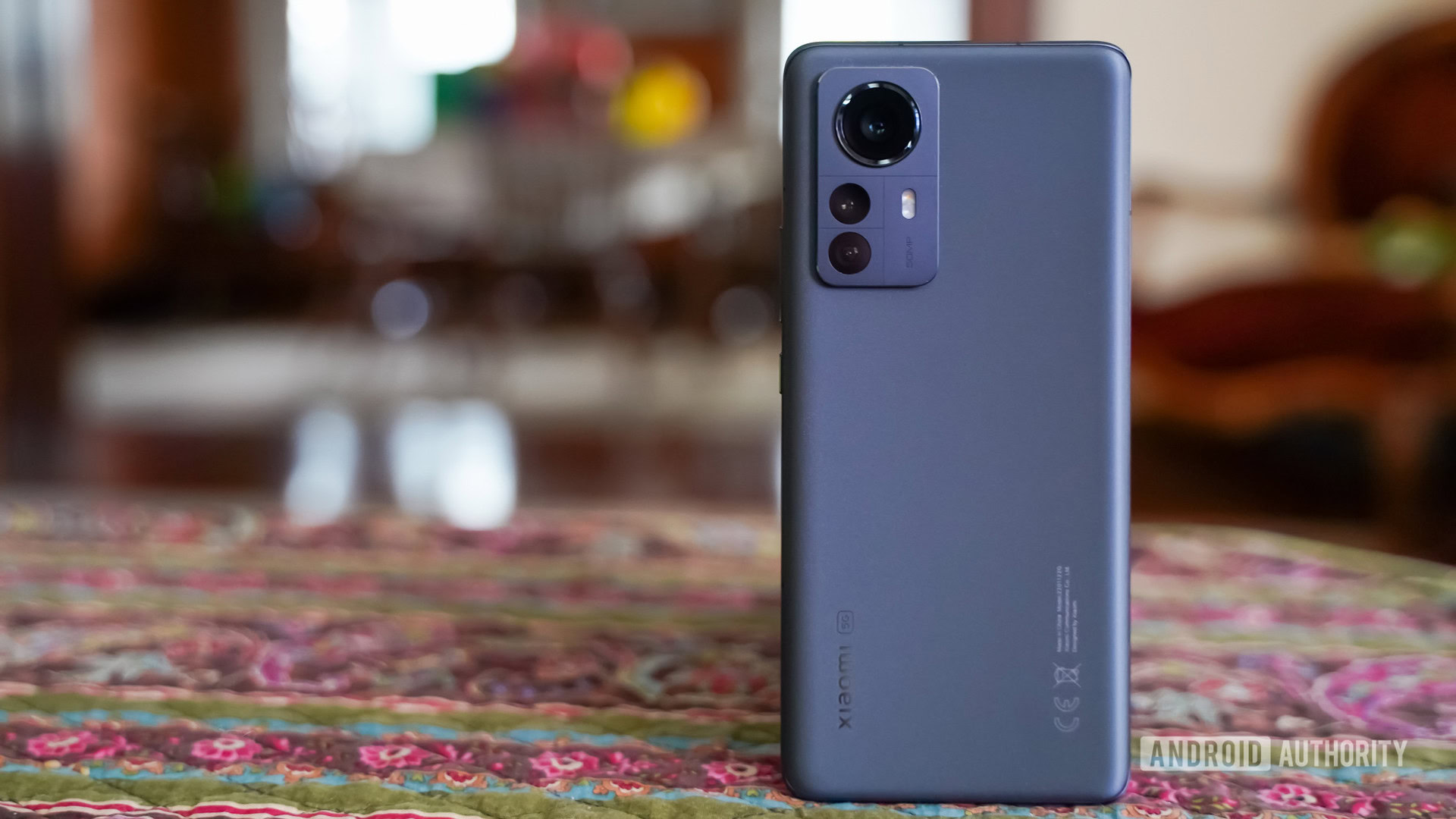Affiliate links on Android Authority may earn us a commission. Learn more.
Xiaomi is the best and the worst thing to happen to Android

The 2011 Android landscape was far from ideal for the budget buyer. Some of the most popular phones included the HTCWildfire, Samsung Galaxy Mini, and the ZTE Blade. The modern-day dream of great specs at an affordable price was exactly that — a dream. It took the advent of Xiaomi to upend smartphone value as we know it, and 11 years later, the company’s impact on the smartphone industry remains undisputed.
Understanding the scope of Xiaomi’s contribution to the smartphone space requires a little historical context. When the company introduced its first phone in 2011, Nokia was still a dominant player with Symbian as its operating system of choice. Samsung had already become the largest Android player, and HTCwas still relevant. And yet, none of these brands had truly compelling, affordable smartphones.
Democratizing hardware

The smartphone industry today, by and large, revolves around the concept of value. Sure there are outliers like the latest foldables that are judged mostly, but not solely, on inventiveness, but price and what you get for it are pretty much the prime considerations.
It all started with the Xiaomi Mi 1, which launched with the powerful Snapdragon S3 chipset, 1GB of RAM, and a high-resolution display. While its chief competitor, the flagship Samsung Galaxy S2 shipped with similar specs, the Mi 1 was hundreds of dollars cheaper. The tone was set for everything that followed.
Xiaomi pioneered the concept of top-tier hardware at a cutthroat price point.
By 2014, Xiaomi was ready to go international. With the launch of the Mi 3, Xiaomi had perfected its model of selling its phones with razor-thin profit margins, and flash sales via online-only storefronts became the norm. Both strategies helped cut down on dealer margins and the cost of holding large inventory. Xiaomi moved 18.7 million units of the Mi 3 within the year, and international inventories sold out within minutes.
It didn’t take too long for Xiaomi to take over India as well, and by 2017, the Chinese company had overtaken Samsung as the most popular brand. Today, Xiaomi holds 21% of the smartphone market in India, retaining its number one position. Globally, Xiaomi holds third place comfortably, trailing only Samsung and Apple.
Xiaomi’s introduction of the Redmi and POCO sub-brands catering to the entry-level and performance enthusiast segments has further helped the brand grow in international markets. Since then, the brand has changed up its model significantly and it now has new options in the premium space as well as an offline retail presence. Despite these changes, the company’s original playbook of debuting directly through online sales continues to be replicated by even the hottest new players like Nothing.
By limiting its profit margins to just 5% after tax in 2018, Xiaomi further ensured its lasting competitiveness. But the route to profitability was paved with more than just smartphones, and Xiaomi had one more trick up its sleeve.
The ecosystem strategy

Xiaomi’s play in the ecosystem space today consists of hundreds of partner brands. It sells everything from smart bulbs and robot vacuums to toothbrushes, televisions, and even shoes. But the ecosystem push kicked off from the company’s bread and butter — MIUI.
You see, Xiaomi was very early to the game of tacking on software upsells to its hardware. While Xiaomi didn’t really make much on hardware, the software business of selling access to media, themes, wallpapers, ringtones, music streaming, and more continues to be a significant revenue driver. In fact, the company calls itself an internet company rather than a hardware company.
Such was the foresight that it took years for Apple to get on the bandwagon through services like Apple TV and Apple Music. Today, software add-ons and subscription services comprise a healthy chunk of Apple’s revenues, but in 2013, Apple was basically a hardware company. Other brands have also jumped on the software ecosystem train, but few have been able to replicate Xiaomi’s success in the domain.
When the company went public in 2018, just eight years after the company was formed, Xiaomi was valued at around $50 billion, making it the world’s third most valuable smartphone manufacturer. Xiaomi’s play in building a software ecosystem on top of hardware paid real dividends for the brand.
An unfortunate downside

Xiaomi’s rampant growth through its software hook unfortunately came with a darker side. In its early years of growth, the brand became notorious for pushing ads throughout its software.
From system apps to the lock-screen, Xiaomi’s success at selling hardware riddled with advertisements opened the floodgates for other value-oriented software brands to replicate the model. Today, even flagship Samsung buyers aren’t guaranteed an ad-free software experience.
Xiaomi might have stepped away from ads, but it left lasting damage on the perception of Android as an operating system.
Today, Xiaomi has stepped back from including ads on its phone. However, the stigma of ad-riddled software has stuck to the brand. In fact, it could also be said that it did lasting damage to the perception of Android itself. Even today, budget Android phones are criticized for the practice, even though it isn’t quite as common as it used to be.
Xiaomi’s success has had a lasting impact on the Android ecosystem

The Xiaomi of 2022 is markedly different from the company that Lei Jun founded in 2010, but it hasn’t veered too far from the essentials. MIUI still forms the basis of every Xiaomi phone, and the company’s ambitions of building out a connected ecosystem have never been higher. Sure, the sheer amount of competition from the likes of realme and the entire BBK family has meant that Xiaomi’s playbook has been copied ad-nauseum.
It is impossible to deny Xiaomi's legacy as the OG value-king.
Whether you agree with everything Xiaomi has done over the years or not, it is impossible to deny that the company was the OG value-king. Xiaomi set in motion many of the best value-oriented standards in the Android space today, even if it also introduced some questionable budget practices along the way.